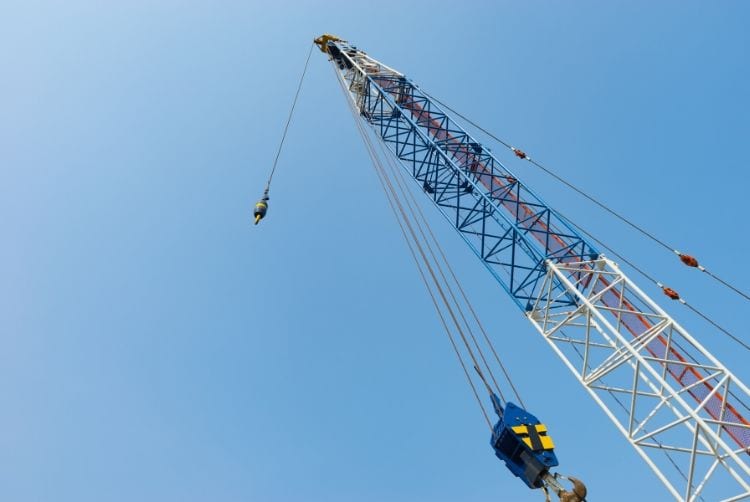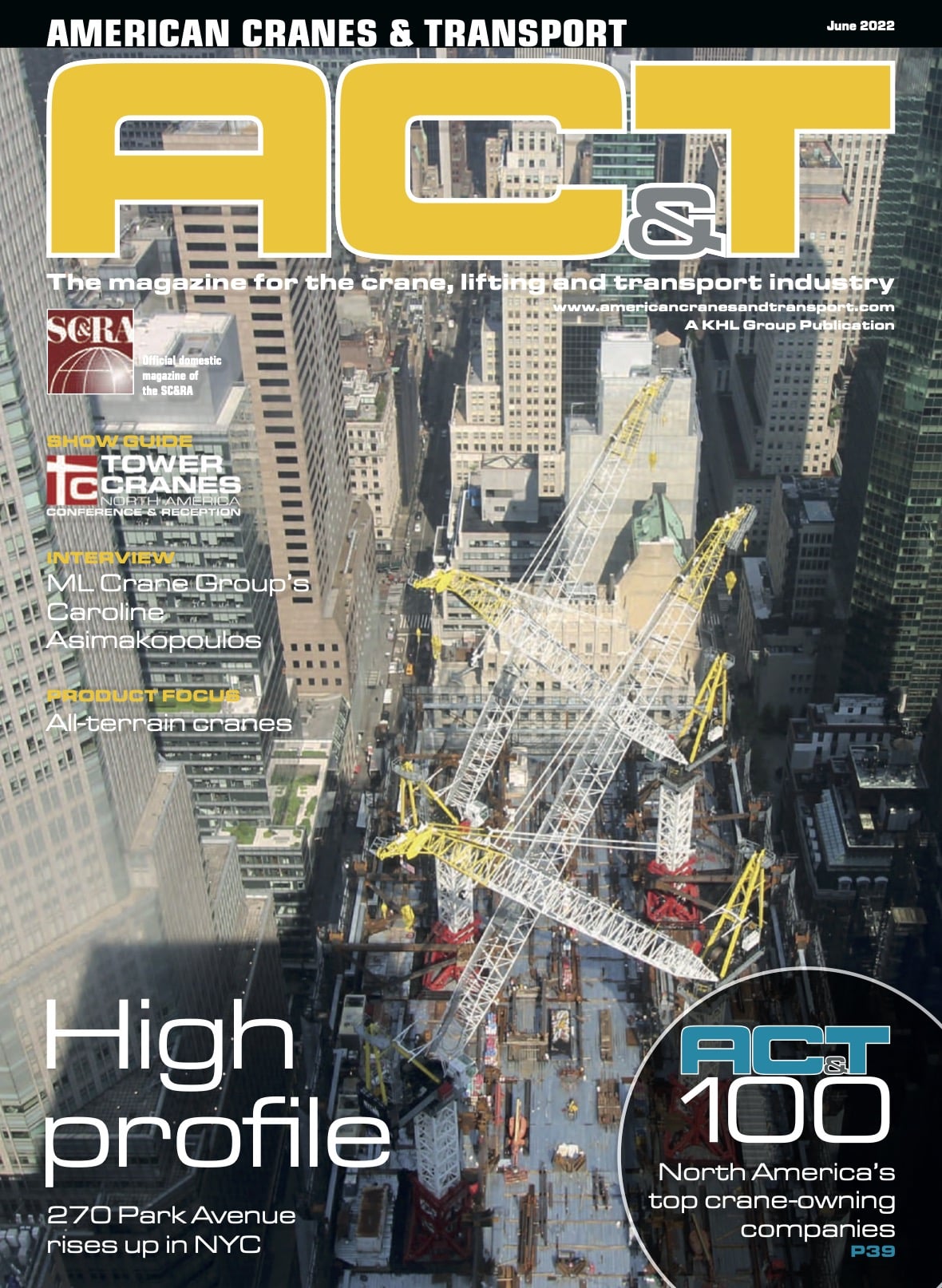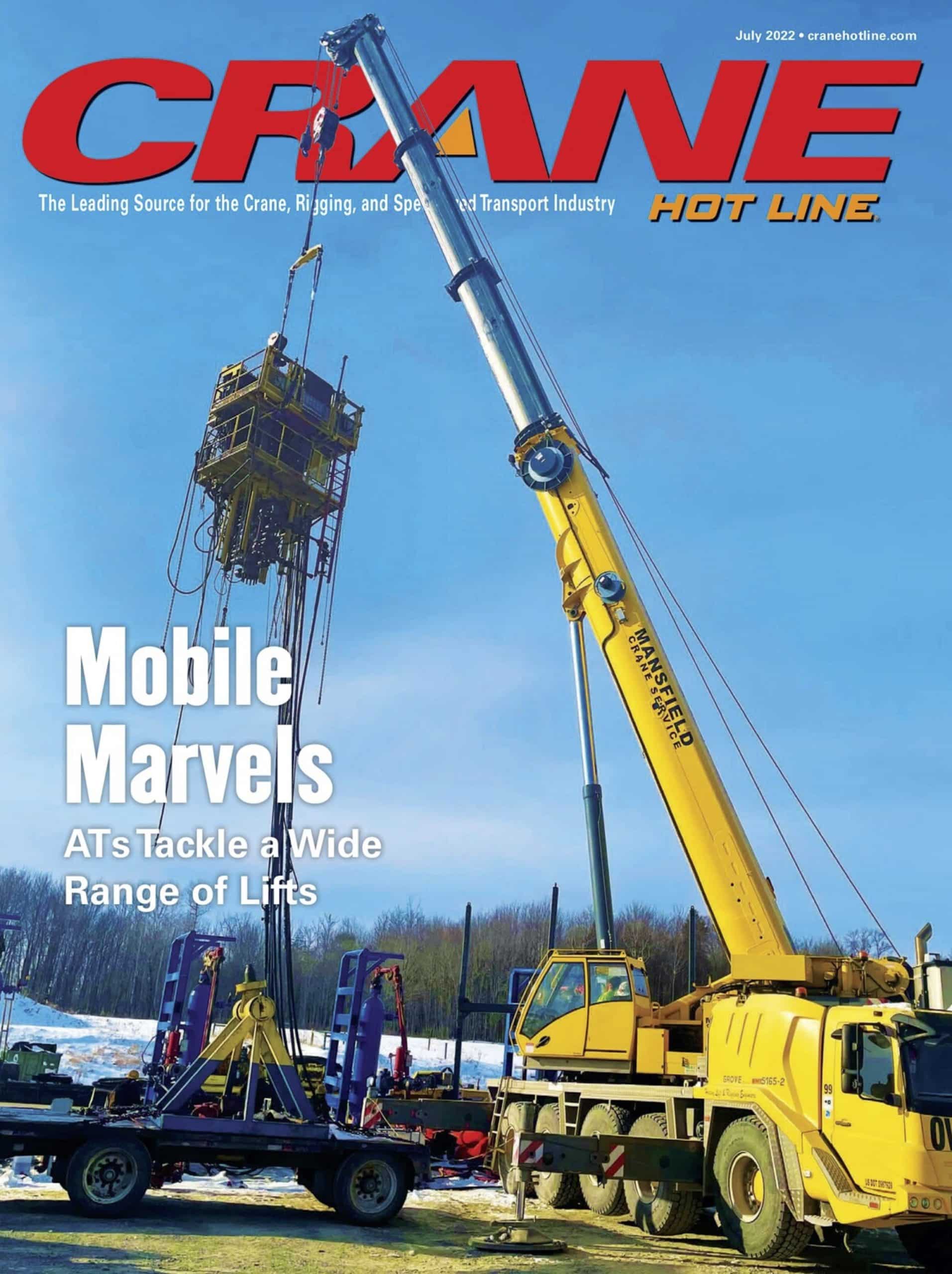Cranes serve various purposes. Naturally, each crane has its own operating and service requirements. For example, while some cranes can be driven on roads, others must be assembled at the job site. One of the most common cranes used today is the crawler crane. Understanding how a crawler crane works can help you approach your project with greater confidence.
Structure
Crawler cranes are composed of a standard cab mounted on a crawler undercarriage. The undercarriage uses tracks instead of wheels to navigate the terrain in construction sites. Additionally, the upper deck rotates a full 360 degrees, and it features a box or lattice boom with an optional extension. It also has a wire rope with a hook, grapple, or other attachment at the end of the boom.
Mobility
Crawler cranes use tracks—such as those found on a tank—for movement. Unlike other cranes, crawler cranes do not use outriggers for stability. The lattice boom is lighter than booms found on other cranes, so crawler cranes have a wider operating radius due to the lesser boom weight. Still, crawler cranes cannot move from site to site due to their considerable size. Often, they must be assembled on-site, and they may need an assist crane for unloading. Renting a crawler crane can help you reduce the time and cost needed for delivery and maintenance.
Lifting
While the lattice boom is lighter than others, it still offers great lifting capacity to the crane. They are efficient for large-scale construction projects. Due to their size, these machines primarily act as stationary lifts within a confined workspace. Despite this limitation, crawler cranes still provide a great option for projects requiring heaving lifting. Their design and weight distribution allow for a wide work radius without the use of outriggers for support.
NessCampbell Crane + Rigging has the right crane to serve your specific needs. Call our Portland office today at (503) 283-3111 to check out our selection of premium crane equipment.





